AdvantagesofMagnetostrictiveOverFloat-TypeLevelGauges
When it comes to precise liquid level measurement in industrial applications, magnetostrictive level gauges represent a significant technological advancement over conventional float-type systems. These sophisticated instruments deliver unparalleled performance where accuracy and reliability matter most.
Superior Measurement Accuracy and Precision
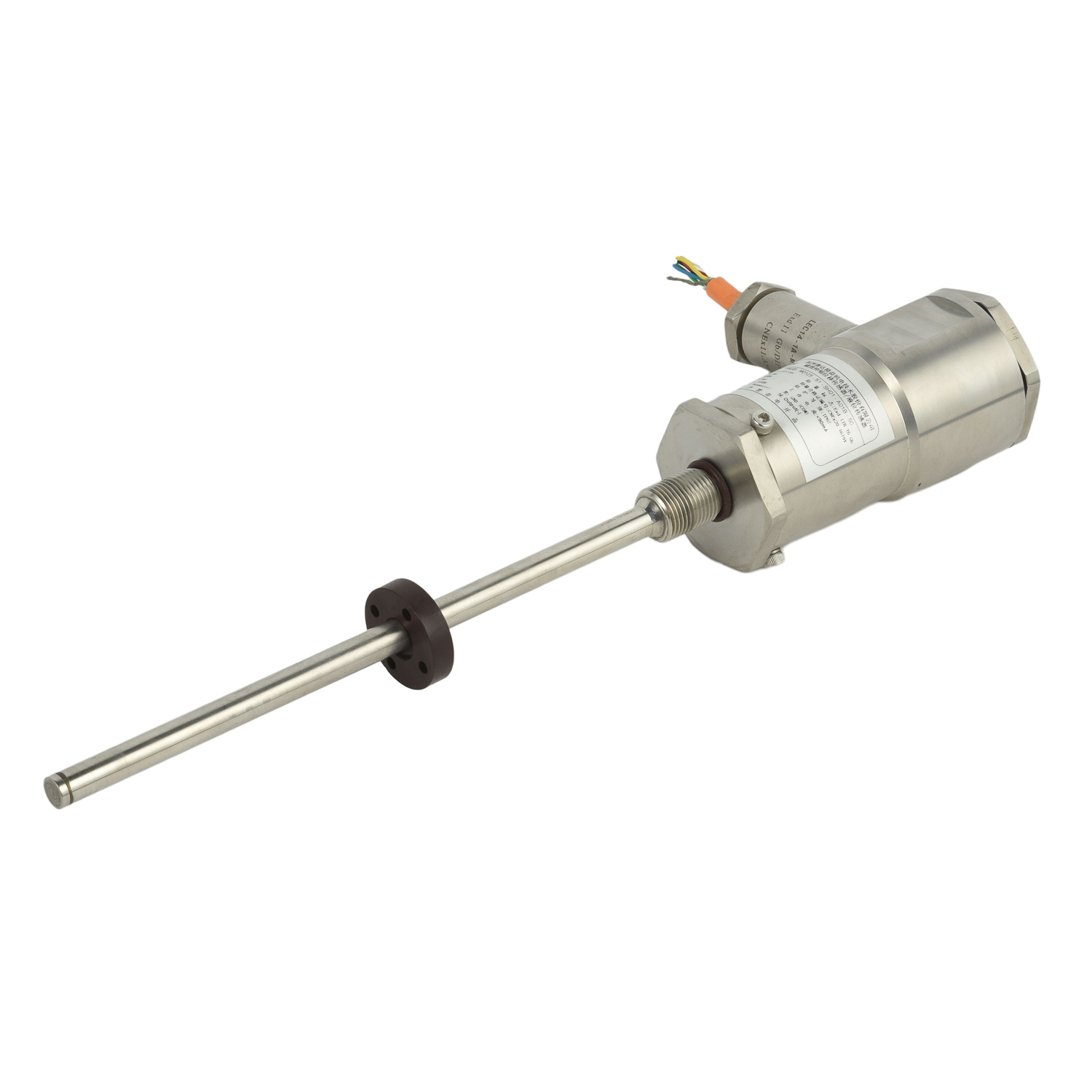
Magnetostrictive level gauges operate with exceptional precision, typically achieving accuracy levels within ±0.5% of full scale. Unlike float-type gauges that rely on mechanical linkages and magnetic couplings that introduce inherent errors, magnetostrictive technology utilizes a precise time-domain reflectometry principle. A current pulse sent through a wire inside the probe interacts with a permanent magnet in the float, generating a torsional wave that is precisely timed to calculate the exact float position. This eliminates the hysteresis and mechanical slack common in float gauges, ensuring reliable data for critical processes like inventory management and custody transfer.
Minimal Maintenance Requirements
The non-contact measurement principle of magnetostrictive gauges significantly reduces wear and tear. Float-type gauges contain multiple moving parts - floats, levers, pivots, and gears - that are subject to continuous mechanical stress, corrosion, and eventual failure. Magnetostrictive sensors, in contrast, have no mechanical linkages between the moving float and the sensing element. This robust design translates to dramatically reduced maintenance costs, fewer calibration requirements, and extended service intervals, delivering superior long-term operational economy.
Enhanced Reliability in Demanding Conditions
Industrial environments present numerous challenges including vibration, temperature fluctuations, and process media variations. Magnetostrictive level gauges maintain reliable operation where float-type gauges often fail. Their solid-state electronics are better equipped to handle plant vibrations that can dislodge or damage mechanical float assemblies. Additionally, magnetostrictive sensors perform consistently across wider temperature ranges and are less affected by specific gravity changes, foam, or turbulence that frequently compromise float gauge performance.
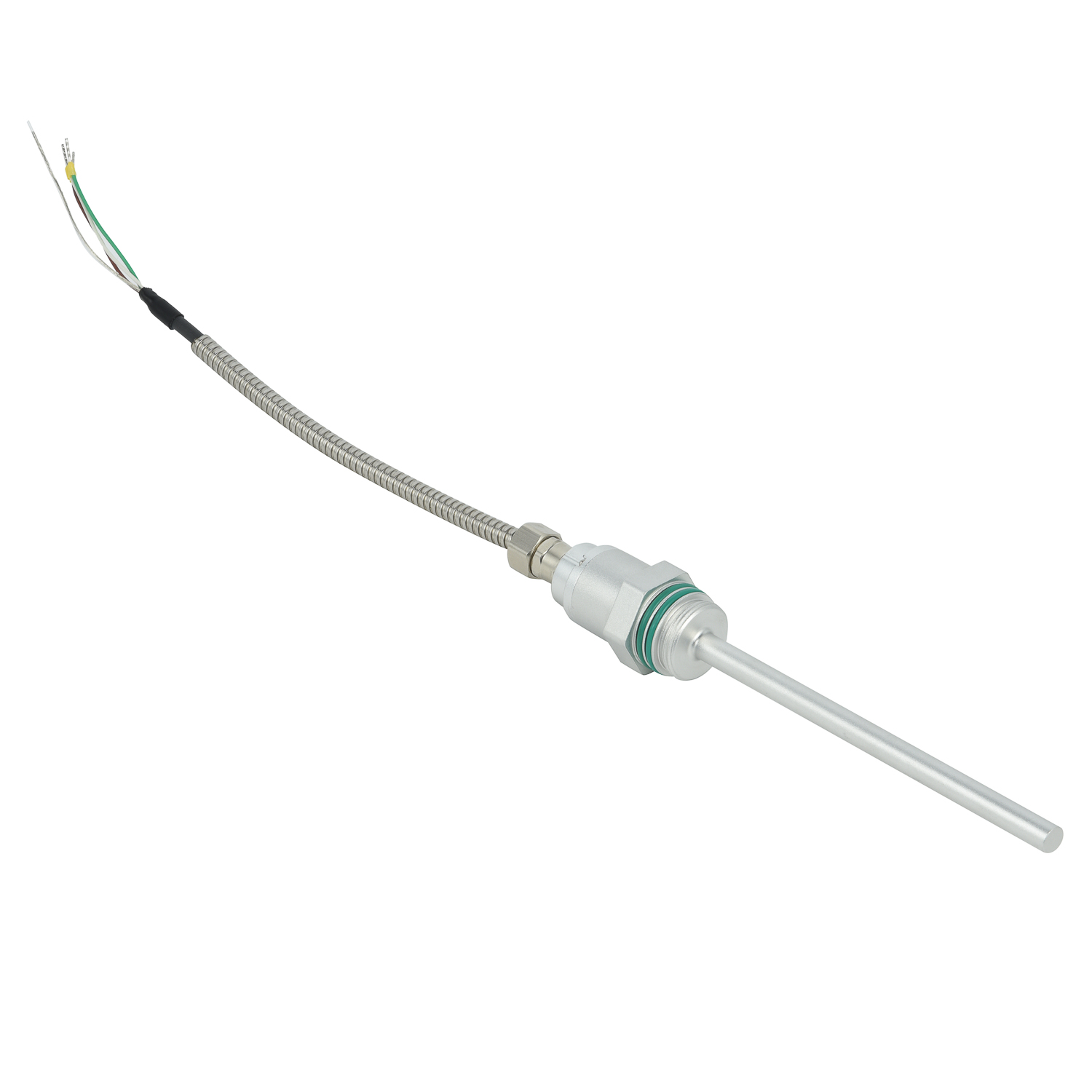
Comprehensive Diagnostic Capabilities
Modern magnetostrictive level transmitters incorporate advanced self-diagnostic functions that proactively monitor system health. These diagnostics can detect issues such as sensor integrity problems, electronics failures, or abnormal operating conditions - capabilities completely absent in basic float-type gauges. This predictive maintenance approach helps prevent unexpected downtime by alerting operators to potential problems before they impact operations, transforming level measurement from a simple monitoring function to an intelligent asset management tool.
Digital Communication and Integration
Magnetostrictive level sensors readily integrate with modern industrial automation systems through standard digital protocols like HART, Profibus, and Foundation Fieldbus. This enables seamless bidirectional communication for configuration, calibration, and data retrieval - a significant advantage over traditional float gauges that typically offer only local indication or basic 4-20mA analog signals. The digital foundation supports advanced plant digitalization initiatives and provides valuable data for optimizing operational efficiency.
Reduced Calibration Frequency
The inherent stability of magnetostrictive measurement technology means these instruments maintain calibration for extended periods. Float-type gauges often require frequent recalibration due to mechanical wear, magnetic strength degradation, or specific gravity changes in the process fluid. Magnetostrictive sensors, with their fixed reference points and stable electronics, typically need calibration only during initial installation or after major process changes, significantly reducing maintenance workload and potential for human error.
Superior Safety and Environmental Compliance
Magnetostrictive gauges offer enhanced safety benefits through their hermetically sealed design and ability to provide redundant sealing barriers. The technology allows for complete isolation of the process fluid from the external environment, minimizing leakage risks. This robust containment is particularly valuable in handling hazardous, toxic, or environmentally sensitive materials where float gauge seal failures could lead to dangerous emissions or environmental incidents, helping facilities maintain stricter regulatory compliance.
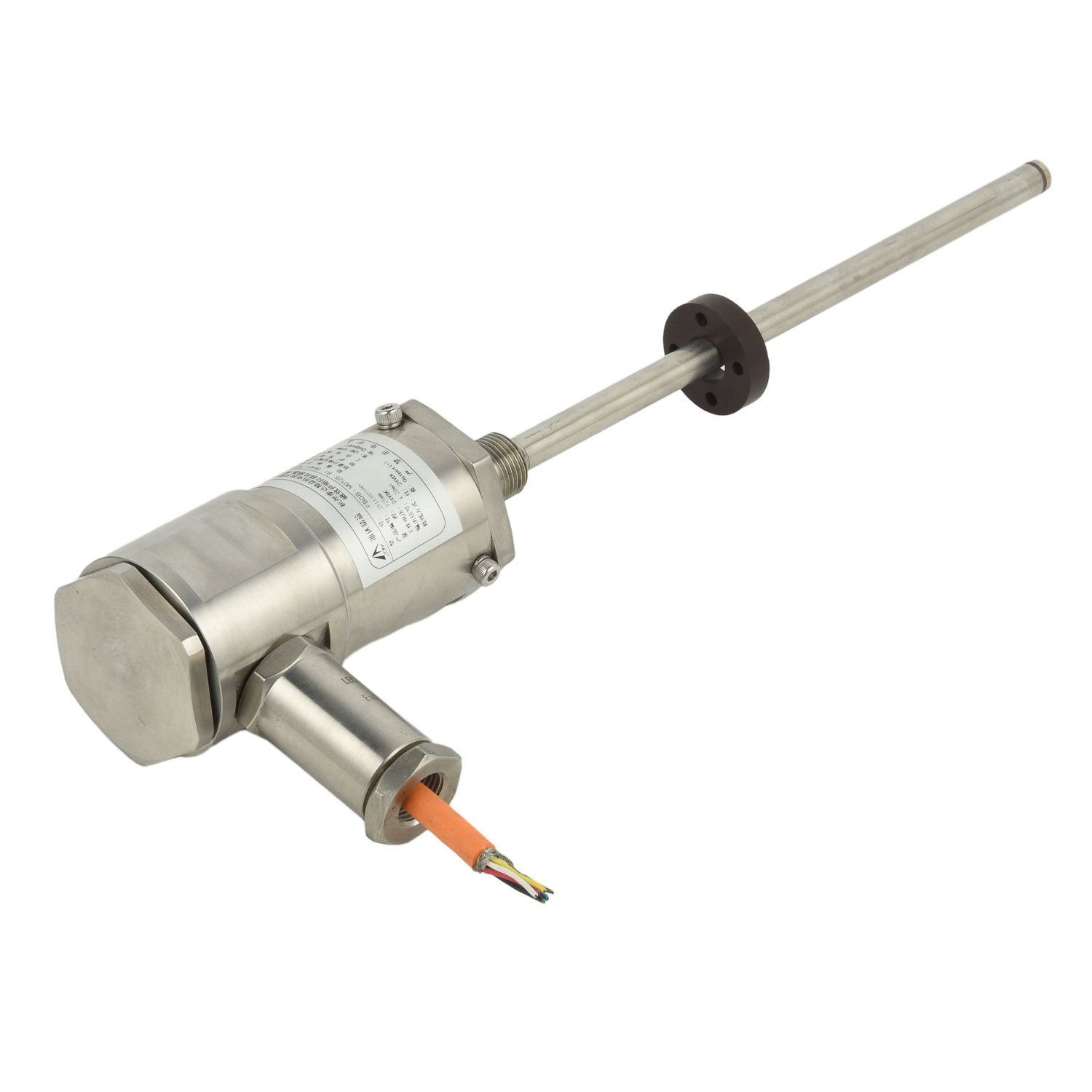 UpgradingYourLevelMeasurementS
UpgradingYourLevelMeasurementS
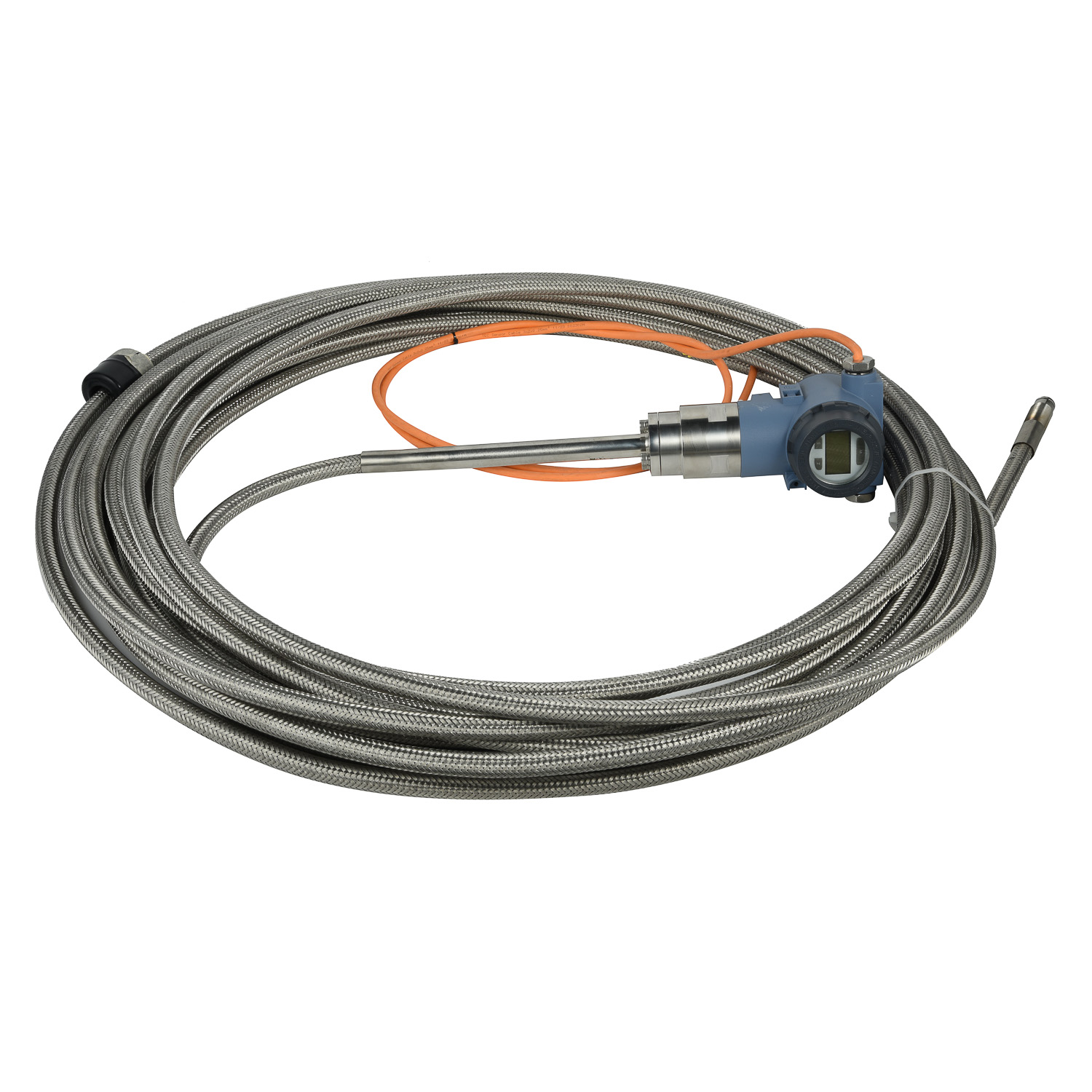 Why are magnetostrictive level
Why are magnetostrictive level
 ComparingMagnetostrictiveandRa
ComparingMagnetostrictiveandRa
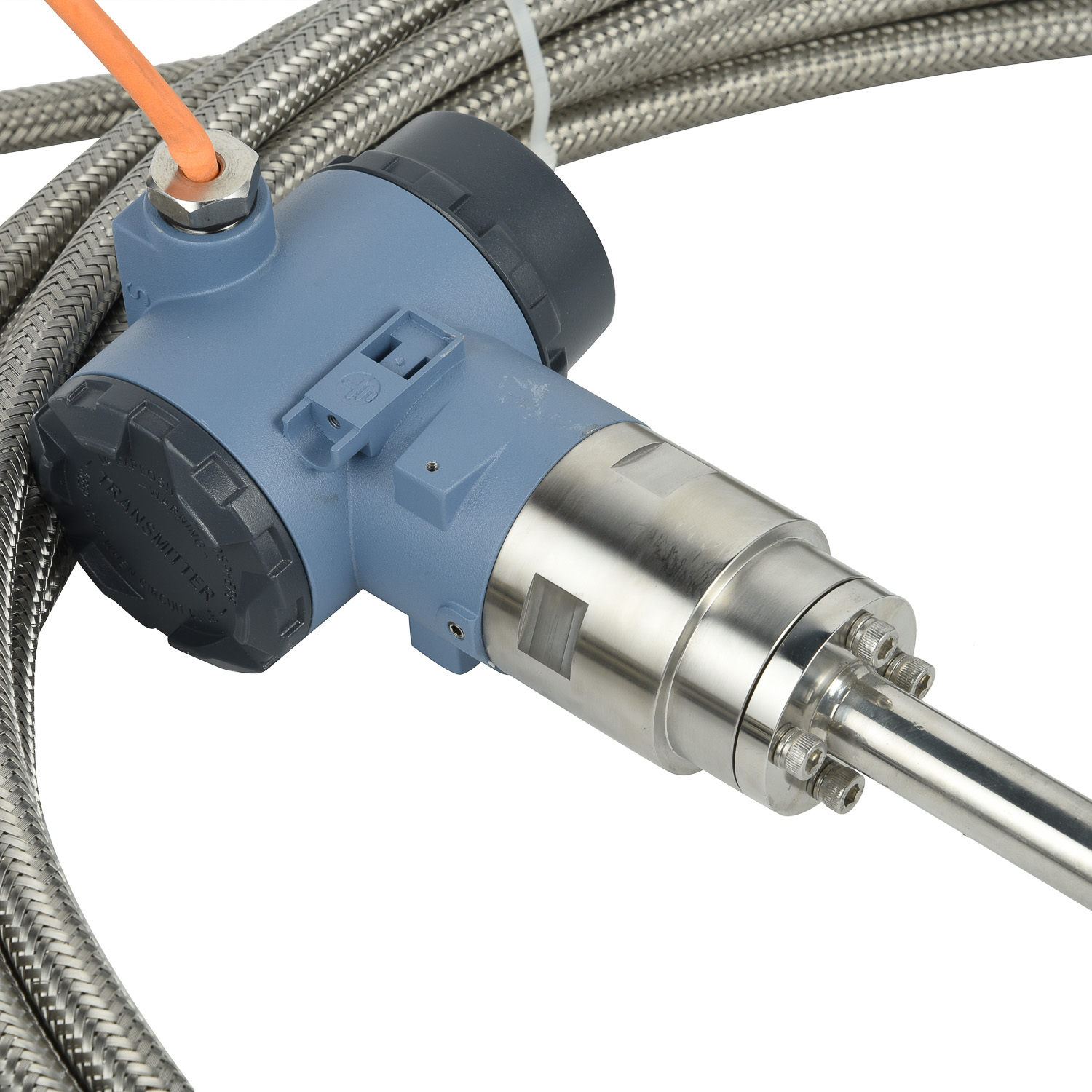 MagnetostrictiveLevelSensorfor
MagnetostrictiveLevelSensorfor
